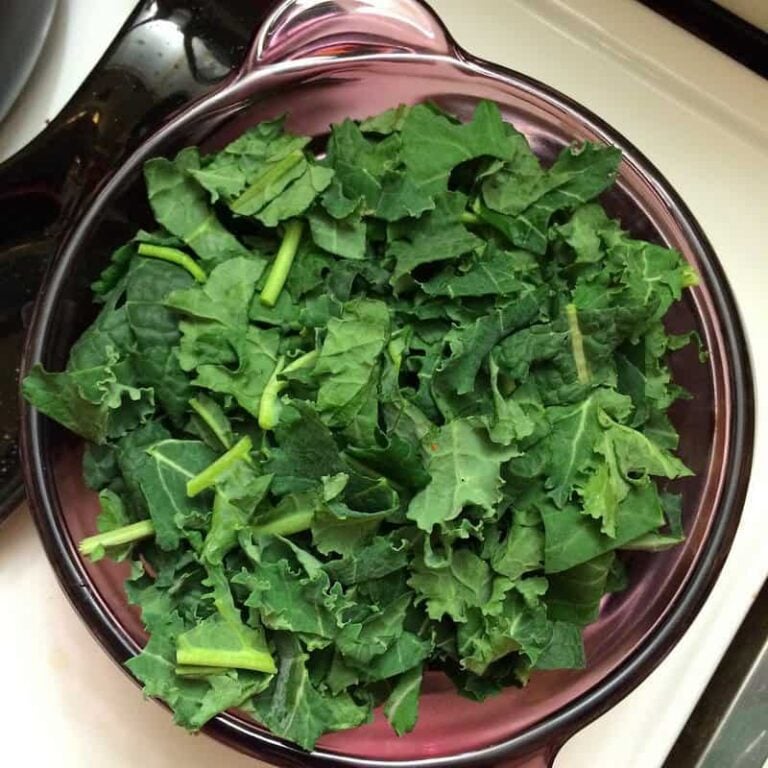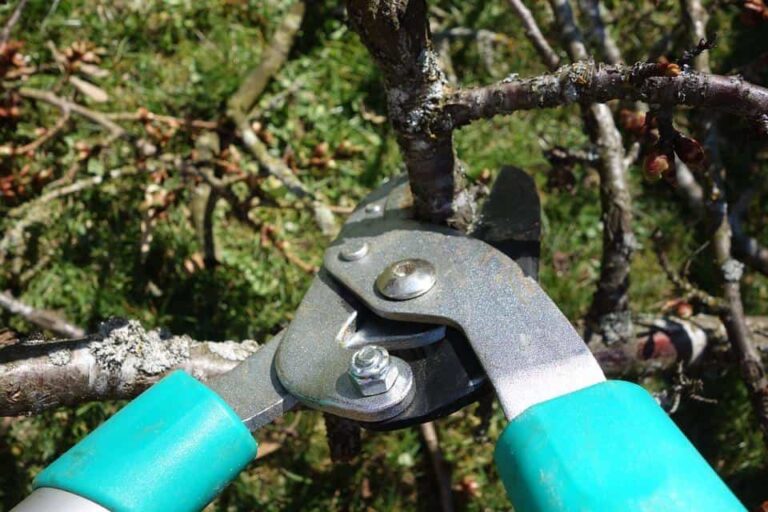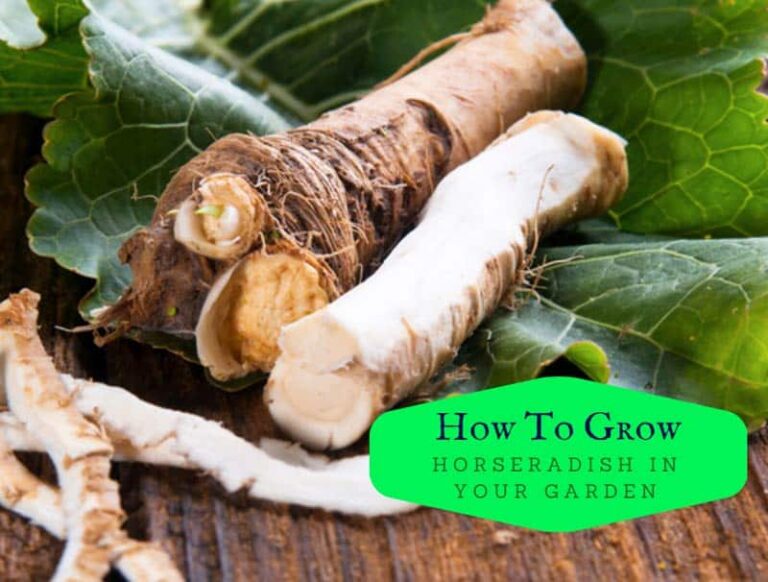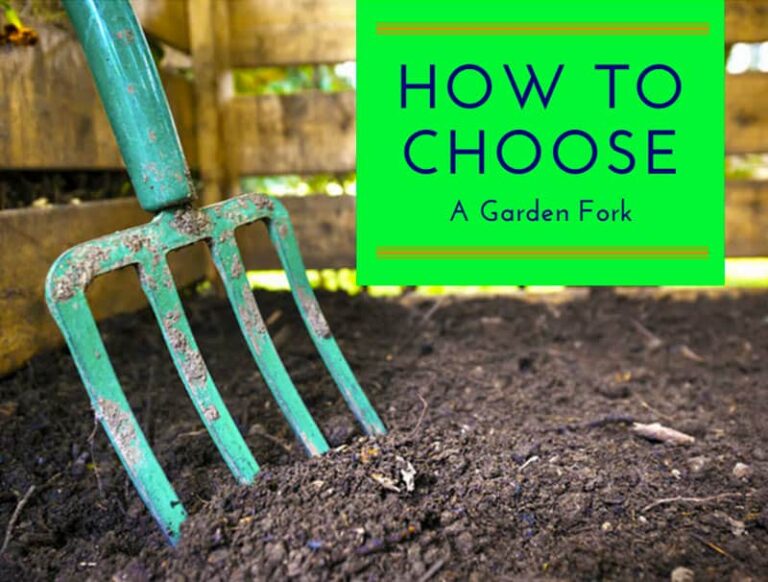How To Grow Asparagus In Your Garden
Asparagus is one of the tastier veggies, but the plant is not easy to grow. Yet, the effort is rewarded by the satisfaction of harvesting your crops. But how to grow asparagus in your garden? While succeeding in this enterprise requires guts and patience, this guide will show you the basics of growing your first crops.
What Is Asparagus?
Asparagus, called Asparagus Officinalis on its botanist name, is part of the Liliaceae family and is a close relative of garlic, leek, and onion. But unlike its relatives, asparagus is trickier to grow.
First, to obtain a decent yield, you’ll have to cultivate a large portion of the garden with asparagus. Due to being quite cumbersome in terms of space, the crop is not very suitable to grow in small urban gardens. Yet, there have been reported numerous cases of asparagus plants grown in pots or containers, therefore if you really like this veggie, it’s worth trying.
Once established, a plant produces crops for about twenty years, although it takes a couple of years for it to produce the first crops. That’s why the cultivation of asparagus is rather laborious. However, growing asparagus is undoubtedly worth the trouble.
The exceptional organoleptic characteristic and extraordinary nutritional properties combine with the satisfaction of seeing asparagus spears emerging from the soil spring after spring.
How To Grow Asparagus: Climate And Soil
While wild asparagus is a robust plant that thrives in forests and fields in adverse climate conditions, domesticated asparagus is much more delicate. In terms of climate, the plant prefers mild temperatures. It doesn’t like extreme cold or heat, but the plant is still quite resistant and versatile. Enjoying a good exposure to the sun, asparagus plant doesn’t tolerate well air currents and wind.
In terms of space, asparagus needs plenty. A yield sufficient for a family requires several square feet of terrain, but the vegetable thrives in raised beds and boxes too, as long as the container is large enough. A bed of at least 4×4 feet is the least to consider, although most gardeners use 2×8 feet beds.
As for the terrain, asparagus thrives in well-draining soils but doesn’t tolerate well clayey terrains. To improve the quality of the soil, mix your terrain with sand or invest in a good potting soil to fill the raised bed with. Sufficient drainage can also be arranged with drainage channels.
Fertilization is also important. Before propagating your plants, enrich the soil with compost or mature manure. It also helps to soak the asparagus cuttings in manure tea before planting. All these procedures help the plants endure several years of cultivation, improving the yields.
If you’re aiming to grow organic asparagus, I recommend using exclusively homemade fertilizer and compost. Alternatively, organic fertilizers are also available in local nurseries.
Planting The Asparagus
Propagating asparagus is possible from cuttings, the so-called spears, or seeds. Seed cuttings can be obtained from the nurseries but are typically more expensive than seeds. I wouldn’t recommend starting from spears bought from the supermarket because they rarely produce any crops. Propagating cuttings is quicker and easier than propagating seeds, but both methods deliver good results.
If you’ve decided to start from seeds, start your plants indoors in sowing trays. Sow the seeds in late winter to achieve strong seedlings until summer. If you live in an area with a mild climate, it’s even possible to start your asparagus in a greenhouse, after the last winter frost.
Transplant your seedlings in the asparagus bed when the climate is constantly warm, usually in early summer.
To propagate your asparagus plants from cuttings, the first step is to source quality cuttings in nurseries or garden centers. Cuttings can be planted directly in the raised bed in early spring, after the last winter frost.
To plant your cuttings, dig 12-inch wide and 6-inch deep trenches and place the cuttings at distances of about a foot and a half apart, after soaking them in manure tea for about 20 minutes. Top with two or three inches of soil and leave them like this for about two weeks. After two weeks, add another 3 inches of soil and wait for the first seedlings to emerge. In all this time, provide sufficient water to stimulate rooting.
Growing Cycle Of Asparagus Plants
Asparagus plants have a slow-growing cycle and won’t yield in the first year. The guide below refers to growing asparagus in the Northern hemisphere in an area with a temperate climate, but the plan is easy to adjust according to the climate in your area.
First Year
Whether you’re starting from seeds or cuttings, sow the asparagus in early spring. Like mentioned above, propagate the seeds indoors or in a greenhouse, or sow the cuttings directly in the raised bed. If you started from seeds, transplant the seedlings in June.
From early summer until late fall, carry on with the normal cultivation operations that include weeding and watering. Domesticated asparagus doesn’t compete well with grass and weeds, so it’s essential to keep them under control. The first asparagus spears will emerge towards the end of summer, but you can’t harvest them just yet.
The plant has to grow and bloom in the first year, so just watch your delicious asparagus develop. In late fall but before the first winter frost, cut off the yellowed stems and spread a 3-inch thick layer of manure or compost over all plants. This will protect the plants and the roots from frost, in addition to providing nourishment.
Second Year
The second year requires constant maintenance of the crops. Constant weeding and sufficient watering should be provided throughout the whole growing season, from early spring to late fall.
In early summer, it’s possible to harvest your first asparagus spear, but keep harvesting to a minimum as the plants are still young. Only cut the spears that exceed 5 inches in height, leaving the thinner spears to develop.
In late fall, follow the same procedure of the first year. Cut off all aerial parts and place a generous layer of compost over the rows, to prepare for the winter.
Third Year Onwards
By the third year, your asparagus plants are mature enough to withstand harvesting. Start your growing cycle as usual, in early spring, with the regular weeding and irrigation operations.
Harvest the asparagus spears throughout the spring, then carry on with the maintenance throughout the summer and fall. In late fall, cut off all yellowed spears and lay compost over the rows.
From now on, the procedure is the same year after year. Asparagus is a multi-year plant and, although it takes about two years to get into production, will yield for the next 15-20 years.
How To Grow Asparagus: Maintenance And Harvest
Domesticated asparagus can’t compete with weeds and grass; for this reason, it is recommended to practice a thorough weed control throughout all growing seasons. Mulching can certainly help reduce the proliferation of weeds and grass, but it’s essential to keep the beds under control at all times.
As far as irrigation is concerned, asparagus needs a lot of water in the first two years. A drip irrigation system adapted to the size of your bed is probably the best solution to consider. Even is the water requirements drop after the first two years, a drip system can still provide just the right amount of water as needed.
Harvest asparagus spears between April and June by cutting the spears at a distance of two-three inches from the ground. It is recommended to harvest only those spears which are taller than six inches. All asparagus grown in a garden is green, but if you want to obtain white asparagus, cover the spears with soil as they grow, to maintain them softer and white.
However, since the operation for obtaining white asparagus is laborious, most gardeners and homeowners simply decide to grow green asparagus.
Asparagus Diseases And Parasites
Rhizoctonia Violacea
This is one of the most frequent fungal diseases that attack asparagus plants. The fungus infects the base of the plant and the subterranean parts, damaging the roots and rhizomes. When the disease advances, its signs are observed at the base of the spears.
Like many fungal diseases, Rhizoctonia violacea is characterized by a reddish veil, and the infected plants are hard, if not impossible, to cure.
The risk of disease increases if the asparagus is cultivated in place of root crops including potatoes, celery, turnips, or carrots. Constant weeding is the only measure of prevention, as infected weeds can easily spread the fungus to the asparagus.
Fusarium moniliforme
Fusarium is another fungus that can attack the roots and rhizome of asparagus. It manifests with yellowing and wilting of the plant, or with radical rot. The development of this fungus is favored by the stagnation of water, and in particular by damp soils and warm temperatures.
If growing organic asparagus, it is recommended to invest in a good drainage system and only grow asparagus in raised beds.
Puccinia Asparagi
Responsible for asparagus rust, this disease affects the aerial parts of the plant and manifests with the formation of yellowish or reddish spots that can cause the drying of the affected parts. Like fusarium, the fungus thrives in warm and humid climates but if identified immediately, it is possible to remove the affected parts and save the plant.
Onion Fly
Being a relative of the onion, asparagus is subject to the onion fly that can damage and eventually kill the plants. This insect is eradicated by Bacillus thuringiensis.
Aphids
Aphids are parasites that affect numerous vegetables, including asparagus. They cause underdevelopment of the plant, drying, and eventually kill the plant. In organic gardening, it’s easy to get rid of aphids by attracting useful insects to your garden, such as ladybugs.
Asparagus Crop Association And Rotation
Because asparagus is a multi-year crop, it is recommended to grow it alone in a raised bed. In the first two years, it is possible to associate asparagus with leafy greens and cucurbits. Carrots repel the onion fly, but they could be a cause of fungal infection.
To avoid fungal diseases, avoid planting asparagus in the place of potatoes or other root vegetables.
Bottom Line
These are the basics of how to grow asparagus. The plant is more demanding than other crops. You won’t see any harvest in the first two years and will have to carry on constant maintenance work. Yet, growing asparagus pays off.
This plant has countless health benefits and a delicious flavor that is unparalleled by other vegetables. It can be cooked in multiple ways, and preserving asparagus for a long time is possible, as long as you freeze it.
Without a doubt, this is one of the most rewarding crops to consider. So, if you want to give it a try, just invest in a good raised bed and rich potting soil. Happy gardening!






